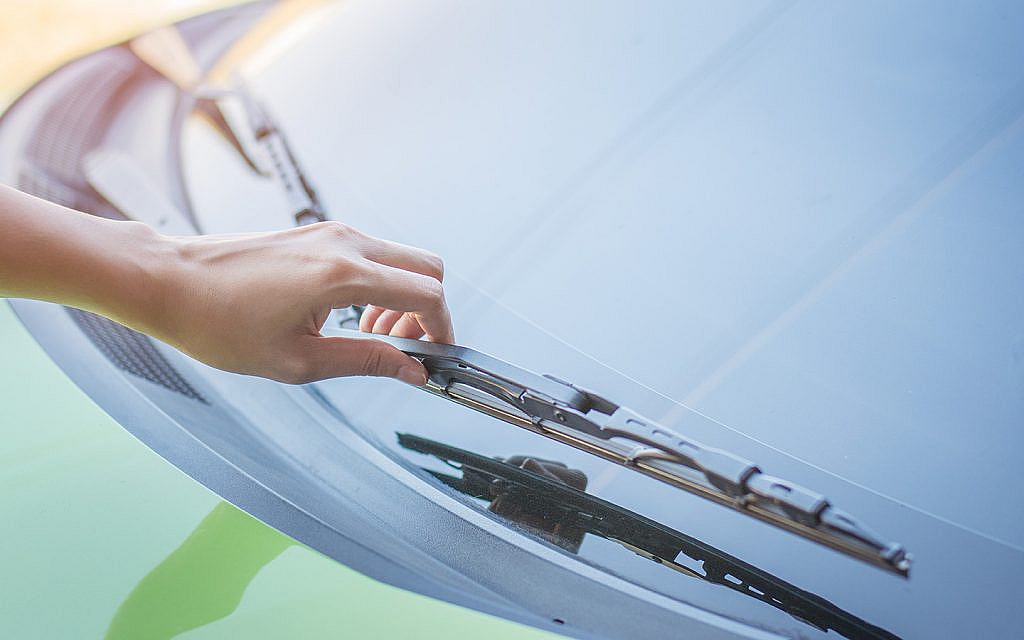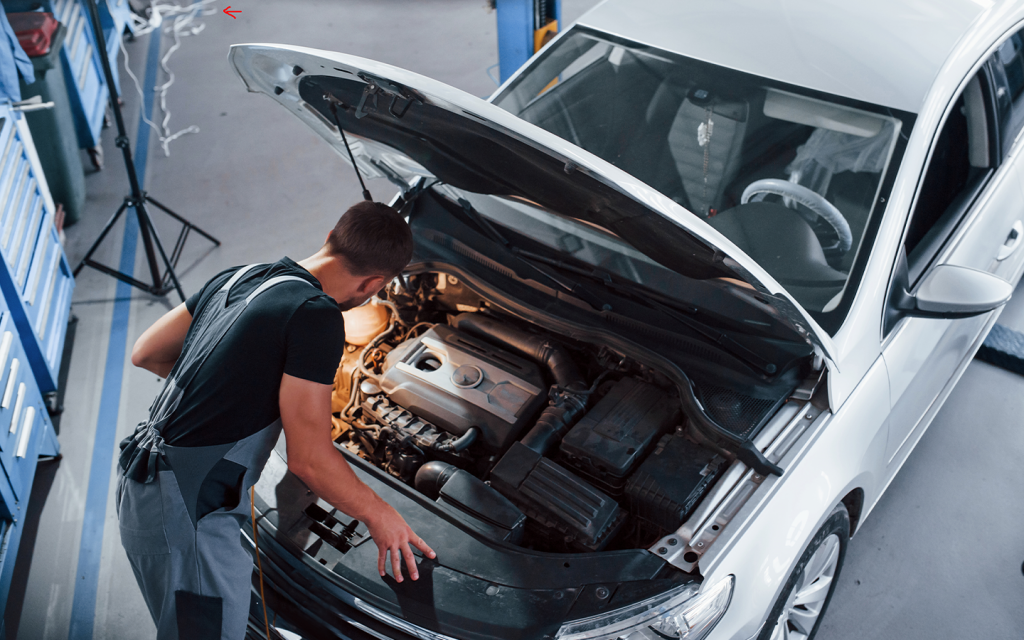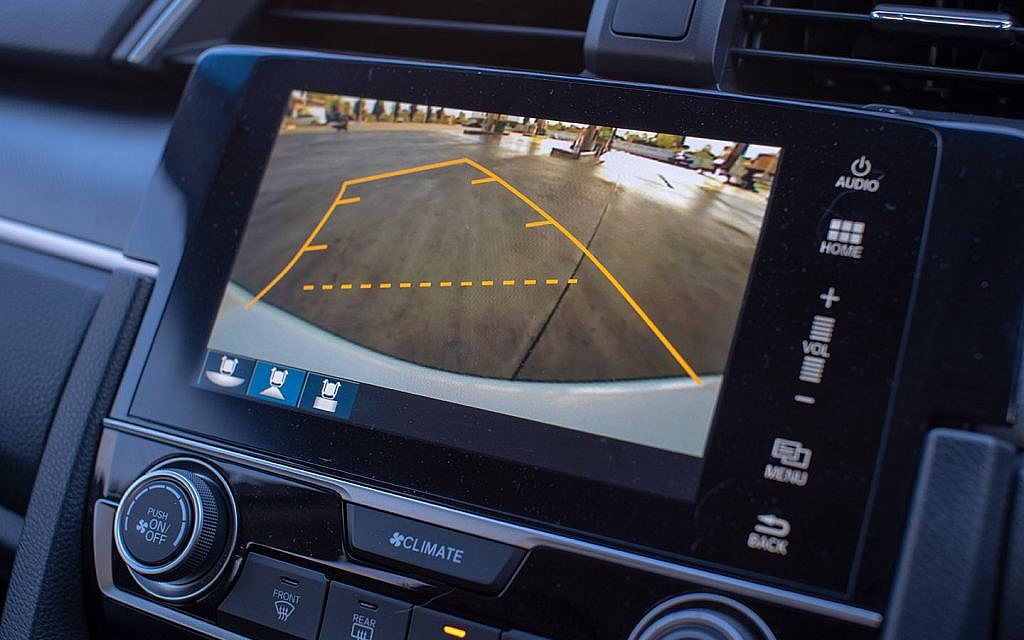What Causes Windshield Wipers Not Returning to Rest Position

Windshield wipers are necessary for safe driving. The rubber blades on the car wiper’s go across the car windscreen, removing debris, dust, moisture, and ice particles ensuring drivers get a clear vision when driving. That said, if you find your car’s windshield wipers not returning to rest position, it could be because of dust and debris. Let’s go through the causes and fixes in detail.
Causes for Windshield Wipers Not Returning to Rest Position

Car drivers get affected when driving with windshield wipers that don’t work correctly. For example, driving on a rainy day without working wipers is not only inconvenient but also risky. In addition to dust and debris accumulation, there are other reasons why your windshield wipers aren’t working.
Dirty Windshield
The most common reason for windshield wipers not returning to rest position is a dirty windshield. If your car’s windshield wiper only goes up to a certain extent and gets stuck, you should clean the dust, debris, and ice particles among other obstructions from the windshield.
Usually, the accumulation of various particles on the windshield slows down the wipers or misaligns them with time. Therefore, clean the buildup on the windshield for wipers to work effectively.
Weak Wiper Motor
Just like any motor, a car’s wiper motor wears with age. This results in weakening the motor and hampers the wiper’s movement even with minimal resistance. With a weak wiper motor, wipers drag or operate slowly. This can also stop wipers from clearing a wet windshield.
Damaged Wiper Transmission
A vehicle’s wiper transmission transmits the motor’s rotational output to the unit’s corresponding wiper arms, with a series of linkages. This causes the car’s wiper arms to sweep while coordinating the movements of both wiper arms.
However, with age, this linkage can wear and bind causing the wiper transmission to stick in one position.
Damaged Wiper Arms or Blades
Wiper arms hold the wiper blades in place, however, if the wiper arms are damaged, they can prevent the windshield wipers from returning to rest position. Moreover, the rubber wiper blades wipe water, moisture and other particles from the windshield. If they are worn out, they can cause wiper problems including not returning to rest position.
Incorrect Wiper Installation
Another reason for windshield wipers not returning to the rest position is incorrect wiper installation. If you have replaced your vehicle’s wiper motor or wiper transmission and the wipers are no longer returning to the park position, it is because of wiper misalignment.
To replace the windshield wipers, or any other auto part, go through this list of auto accessories and parts for sale in the UAE.
Fixes for Windshield Wipers Not Returning To Rest Position
Let’s go through some easy and effective methods for getting the windshield wipers back to their normal position.
Clean the Windshield

Clear the windshield from dust, debris, ice and other obstructions. Also, clean the wiper pads for effective movement of windshield wipers. Proper car windshield maintenance is necessary for safe driving.
Remove the Driver Side Wiper

Open the car’s hood and remove the wiper on the driver’s side. Use a screwdriver to detach the wiper. Pull it off gently and set it aside. Then, check the wiper for any faults. If there is a problem with the wiper a replacement would be required.
Pull off the Foam Stripe & Plastic Cap
Reach the wiper motor transmission to get the wiper to its resting position. To reach the transmission, remove the foam inside the driver-side wiper (that was removed earlier). Don’t remove all of the foam, take it out partially. Then slowly and carefully pull away from the plastic caps and remove the plastic cover partially. Here, you would be able to see the wiper transmission.
Locate and Adjust the Transmission

After reaching the wiper transmission, turn on the car’s engine and run the wiper till they come to their rest position. If the windshield wipers are not returning to rest position work on its mechanical part. There is an over-shaped plate beneath the wiper’s arm that works to move the wipers.
This metal tab should be on the right side of the wiper’s transmissions. The tab touches the transmission to lock the wiper transmission when it is turned off.
However, if the metal tab is out of place use a flathead screwdriver and hammer to get it back in the proper position. If you still find a problem with the wipers, there might be an electrical issue such as a wiper fuse.
The wiper fuse is a device that prevents electrical surges from damaging the wiper motor. That said, if the fuse is blown, it prevents the wipers from working properly. Take your car to a professional auto workshop in case of an electrical issue.
Always check the wipers before safety when driving in the rain.
Those were some common causes for windshield wipers not returning to rest position along with its fixes. Besides, if the wipers are not touching the glass at all, go through these causes and fixes for windshield wipers not touching windshield.
Stay tuned to dubizzle’s top auto blog for more on car parts and repairs.



























